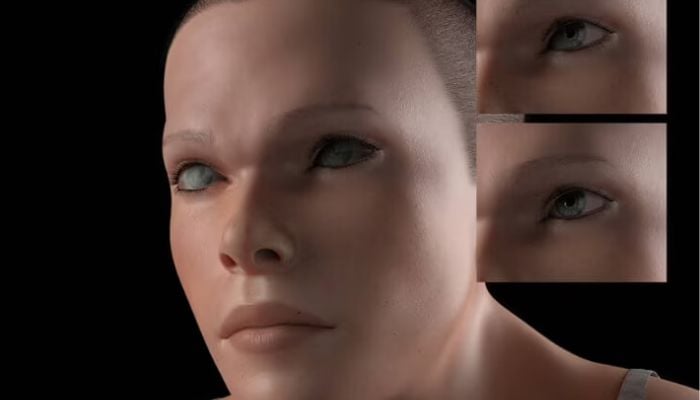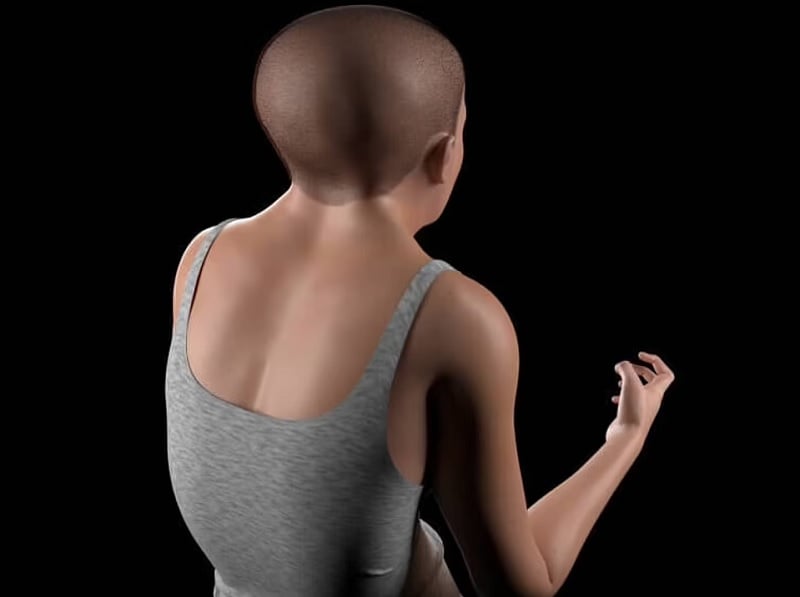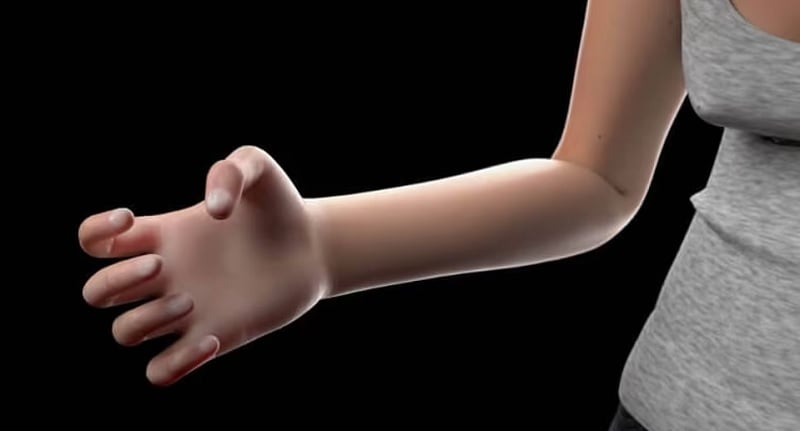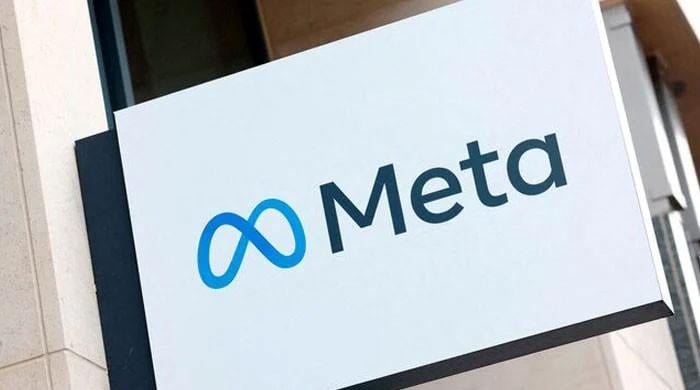Terrifying AI model shows what humans would look like in year 3000
The model sheds some light on what humans could look like due to their unhealthy reliance on technology
November 06, 2022

While it's almost like a nightmare for this generation to spend moments without our phones and laptops, a horrifying model generated by artificial intelligence that predicts what humans will look like a few centuries later might motivate some to spend less time on tech devices.
A terrifying model called "Mindy" has been developed by researchers. They believed the model sheds some light on what humans could look like due to their unhealthy reliance on technology.
AI predicts the future based on how we use devices today. Our backs are usually hunched with our necks dropped down and our hands are almost always using our phones.
Cretaed by Toll Free Forwarding, Mindy, therefore, has a very wide neck, a hunched back, clawed hands, and another set of eyelids.
Toll Free Forwarding was making an attempt to help people visualise how technology affects our bodies physically.
"We sourced scientific research and expert opinion on the subject, before working with a 3D designer to create a future human whose body has physically changed due to consistent use of smartphones, laptops, and other tech," the company explained.
According to the model, looking down at our phones for hundreds of years will eventually result in a hunched posture. Similarly, holding smartphones for centuries will lead to the development of a claw shape in our hands.

Dr Nikola Djordjevic from Med Alert Help said that gripping our phones a certain way can "cause strain in certain points of contact – causing text claw" also known as "cubital tunnel syndrome".

Humans might also suffer from "smartphone elbow" where our arms would turn a permanent 90-degree by the typical positioning of the hands when we use these devices.
"Keeping the elbow bent for a long time – most often, while holding your phone – can stretch the nerve behind the elbow and put pressure on it," Dr Djordjevic added.
The model also features a thicker and wider neck. "The muscles in the back of the neck have to contract to hold your head up" when looking down to use a laptop or phone, Dr K Daniel Riew from the New York-Presbyterian Orch Spine Hospital explained.
The more we look down, the more our muscles get used to that position and the harder they have to work to keep the head up.
"These muscles can get overly tired and sore from looking down at our smartphones and tablets or spending the majority of our working day on computers."
Mindy also has a second eyelid which the researchers believe is to protect the eyes from excessive exposure to light.
Other grotesque features include a smaller brain and a thicker skull.
Kasun Ratnayake from the University of Toledo said that humans might even develop a lens that would "block incoming blue light but not other high wavelength lights like green, yellow or red" as a part of evolution.









